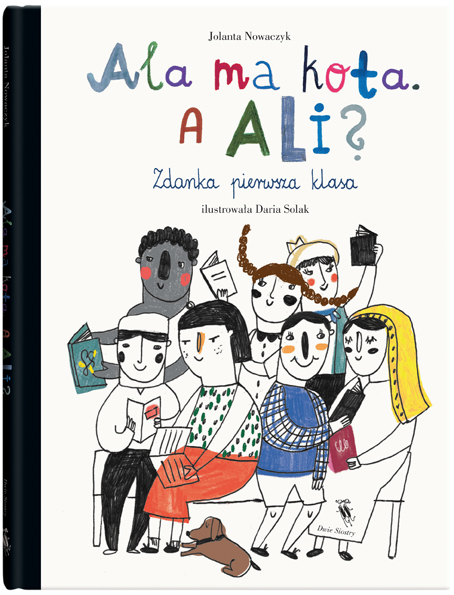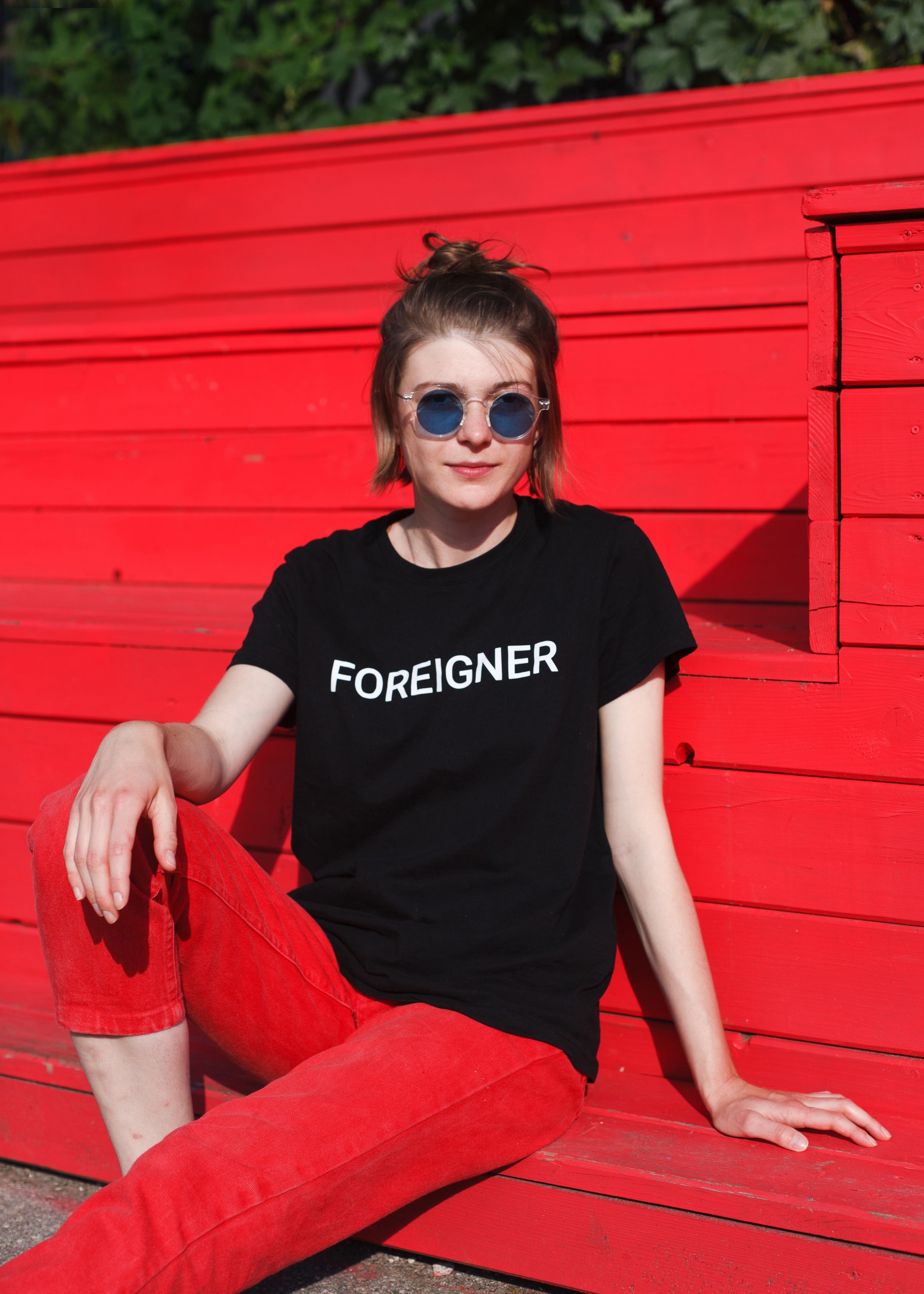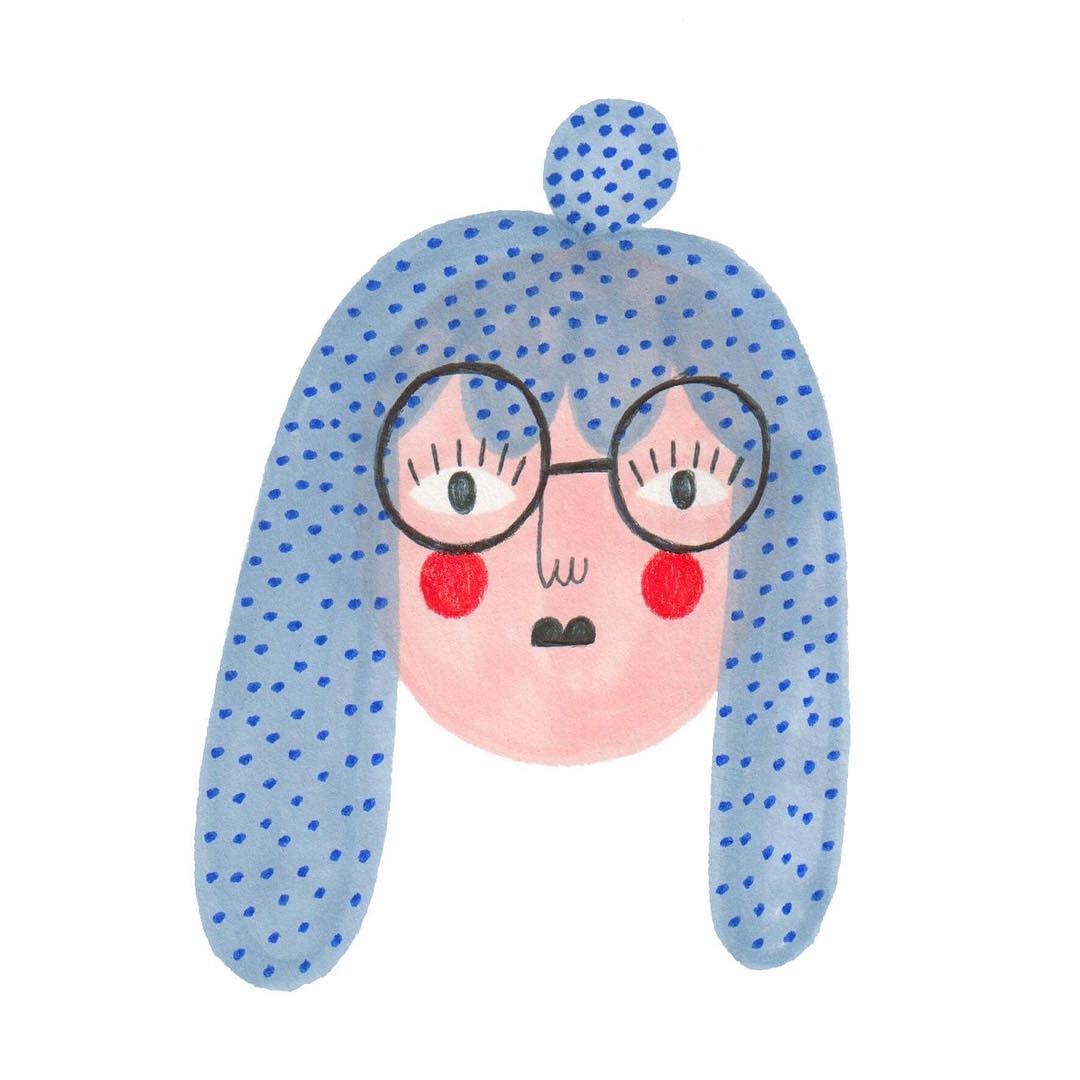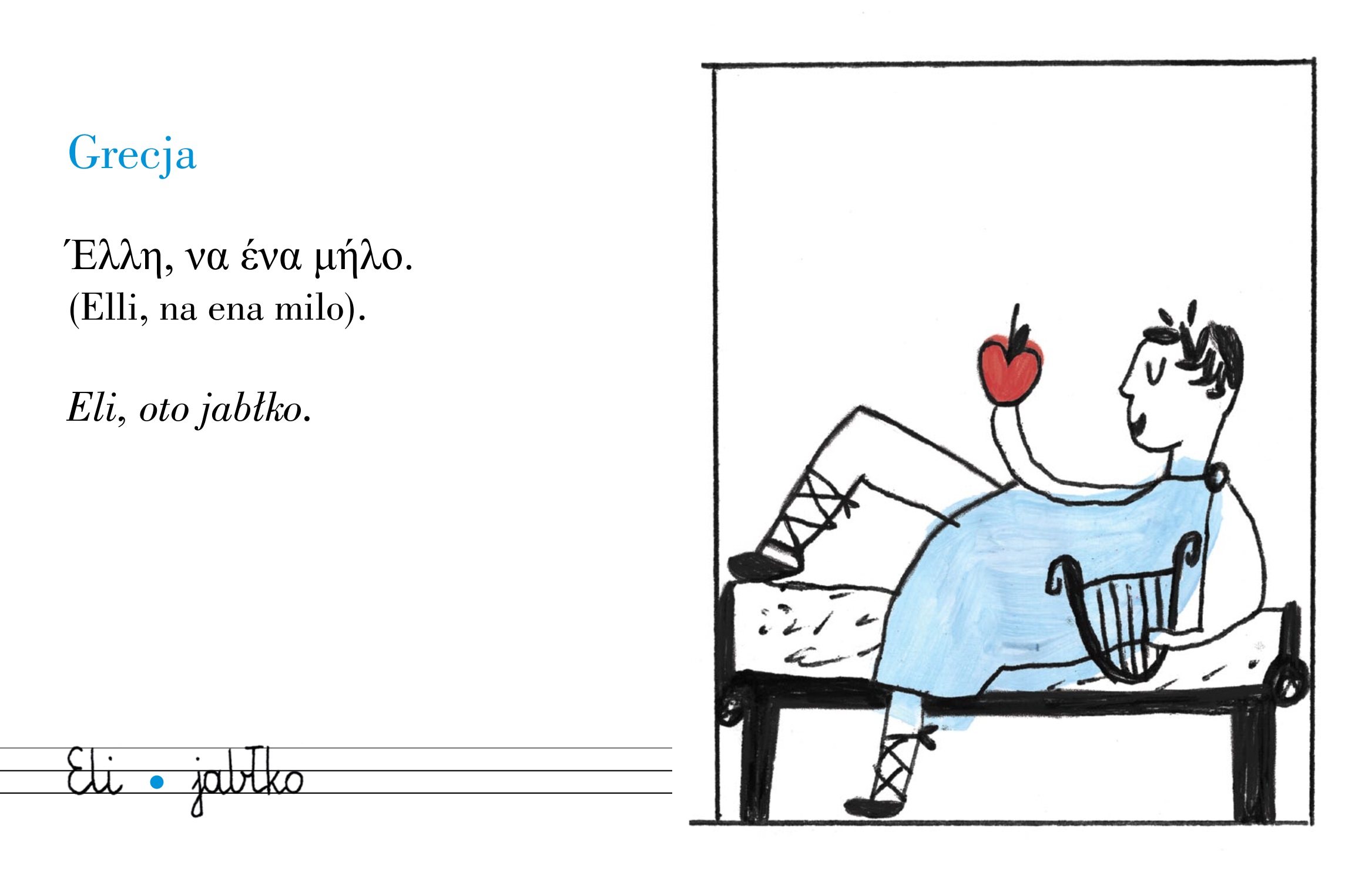Title of the work
Country of the First Edition
Country/countries of popularity
Original Language
First Edition Date
First Edition Details
Jolanta Nowaczyk, Daria Solak ill, Ala ma kota. A Ali? Zdanka pierwsza klasa. Warszawa: Wydawnictwo Dwie Siostry, 2016, 52 pp.
ISBN
Genre
Instructional and educational works
Textbooks
Target Audience
Children (Elementary school children)
Cover

Courtesy of Dwie Siostry, publisher.
Author of the Entry:
Krzysztof Rybak, University of Warsaw, rybak.km@gmail.com
Peer-reviewer of the Entry:
Katarzyna Marciniak, University of Warsaw, kamar@al.uw.edu.pl
Susan Deacy, University of Roehampton s.deacy@roehampton.ac.uk

Portrait, courtesy of the Author (phot. _s_e_e_e_n).
Jolanta Nowaczyk
, b. 1992
(Author)
Jolanta Nowaczyk is a Polish artist who works and lives in Prague, Czech Republic. She graduated from the Intermedia Faculty at the Academy of Fine Arts in Cracow (BA) and Szczecin (MA). Currently, she completed a 7-month-long program "WHW Akademija" in Zagreb, run by the curatorial collective "What, How and For Whom?". She took part in group exhibitions, among others in CSW Zamek Ujazdowski in Warsaw, BWA Nowy Sącz, BWA Kronika, Gallery Nova in Zagreb, and ZŁOTY KIOSK in Wrocław. Ala ma kota. A Ali? Zdanka pierwsza klasa is her first book for children
Bio prepared by Krzysztof Rybak, University of Warsaw, rybak.km@gmail.com

Courtesy of the Illustrator.
Daria Solak
, b. 1991
(Illustrator)
Daria Solak graduated from the Academy of Fine Arts in Warsaw (Poland) and Accademia di Belle Arti di Bologna (Italy). She has published in many magazines, but Ala ma kota. A Ali? Zdanka pierwsza klasa is her first illustrated book. For more information about the artist see her official website (accessed: June 28, 2018).
Bio prepared by Krzysztof Rybak, University of Warsaw, rybak.km@gmail.com
Questionnaire
1. What drew you to working with Classical Antiquity and what challenges did you face in selecting, representing, or adapting particular myths or stories?
I am an illustrator of the book which presents first sentences from elementary school primers in different countries. I had to show not only the actual sentences, but also say something about the country of origin in one drawing. This was very a difficult challenge. I reached for the classical culture to illustrate the Greek sentence because this is what Greece is associated with the most. I needed to adapt the knowledge about antiquity transforming it into very simple but strong image.
2. Why do you think classical / ancient myths, history, and literature continue to resonate with young audiences?
That's how it is: fashion comes and goes but the truly interesting things remain despite the passing of time. Classical history, myths contain universal truths, an entire spectrum of human characters and exciting events that ignite the imagination of young readers, no matter in which century they live.
So many of elements - architecture, literature, fashion, philosophy are part of the ancient culture. It is a beautiful, coherent world, so distinctive that can’t be mistaken for any other.
3. Do you have a background in classical education (Latin or Greek at school or classes at the University?) What sources are you using? Scholarly work? Wikipedia? Are there any books that made an impact on you in this respect?
I studied classical culture at high school but most of my knowledge comes from history of art classes (also during the studies at the Academy of Fine Arts) and from my personal interest in art. Fact that I have been studying in Italy for a while was also helpful. Inspiration doesn’t come from nowhere so at least basic education about many various topics is very important in my profession. That is why I collect books about architecture, history, paintings, plants.... I read a lot. And almost everything around us has its roots in Classical Antiquity so I find it very important to have knowledge about this amazing culture.
Prepared by Krzysztof Rybak, University of Warsaw, rybak.km@gmail.com
Summary
The book is a collection of the first sentences from elementary schools primers, used to teach how to read worldwide, specifically in twenty-five countries, including Poland, Sweden, Spain, Japan, Ethiopia. This original idea reinforces reading skills through contact with other languages and promotes basic knowledge about other cultures. For example, on the page with the Greek sentence, “Έλλη, να ένα μήλο” [Elli, this is an apple] (p. 22) someone is reclining on a dining couch, dressed in a blue tunic and sandals, with a laurel wreath on the head, holding an apple in one hand and a lyre in the other, looking like a guest at an ancient Greek or Roman symposium.
Analysis
The illustration for the sentence in modern Greek alludes to the classical tradition. According to the artist herself, antiquity is the reference defining also modern Greece, its culture, and language. Hence, reading the book is not only an opportunity to acquire basic sentences from all over the world, i.e. a part of literary literacy but also may serve as a useful tool of visual literacy, defined by John Hortin as "the ability to understand and use images to think and learn in terms of images, i.e. to think visually"*. Visual literacy, as important as literary acquisition, "[…] is a social process because it comprises a set of practices that take place within, and are determined by, a particular cultural context. […] Visual literacy also supports the evaluation and critique of images by placing images in context, in relation to the words, to other visuals and texts […]"**. Incorporating two rather unusual objects, i.e. a lyre and a laurel wreath, may provoke questions to which an adult may answer referring to classical antiquity, therefore a child reader may acquire visual elements characteristic for that period of time and learn about ancient history. Besides, combining baby blue and white may refer to the modern Greek flag, illustrator presumably wanted to draw a connection between ancient and contemporary worlds, stressing the continuity of time as well as presence and importance of cultural heritage.
*Evelyn Arizpe and Morag Styles, Children Reading Pictures. Interpreting visual texts, New York and London: Routledge, 2003, 40.
** Evelyn Arizpe, Jennifer Farrar, and Julie McAdam, “Picturebooks and Literacy Studies” inThe Routledge Companion to Picturebooks, Bettina Kummerling-Meibauer, ed., New York and London: Routledge, 2018, 374.
Further Reading
Arizpe, Evelyn and Morag Styles, Children Reading Pictures. Interpreting visual texts, New York and London: Routledge, 2003.
Arizpe, Evelyn, Jennifer Farrar and Julie McAdam, “Picturebooks and Literacy Studies”, in The Routledge Companion to Picturebooks, Bettina Kümmerling-Meibauer, ed., New York and London: Routledge, 2018, 371–380.
Szefler, Elżbieta, "Nietypowy (międzynarodowy) elementarz" [Atypical (multinational) alphabet book], Problemy Opiekuńczo-Wychowawcze 2 (2017): 53–60.
Addenda

The illustration presenting ancient elements courtesy of the publisher Dwie Siostry.


